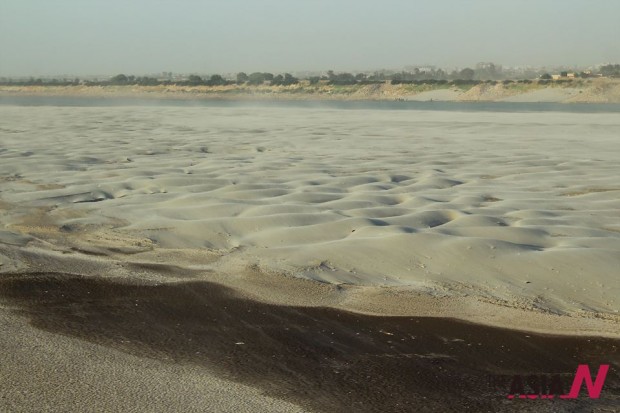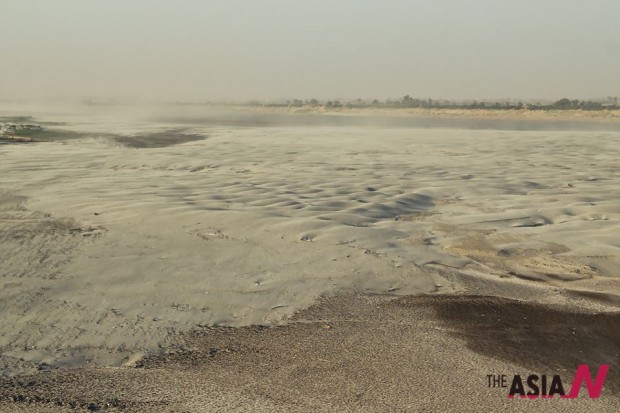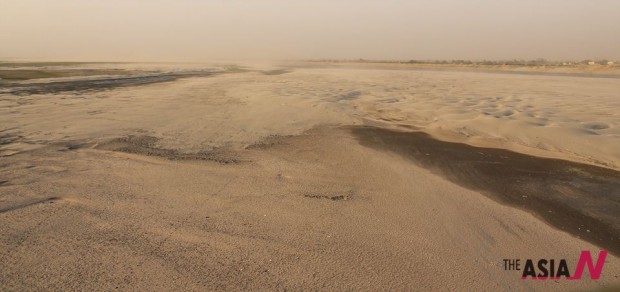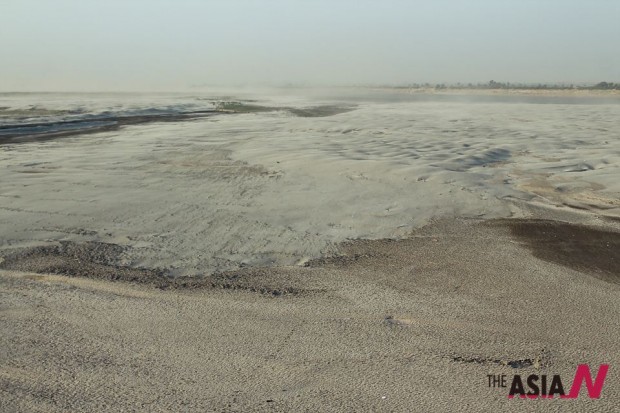Historic Indus River Gets Dried Up
Indus River is locally known as Sindhu river. The word ‘Sindhu’ comes from Sanskrit which means river, stream or ocean. Indus River dates back to thousands of years. It holds great historical importance being used for navigation by the likes of Alexander the Great, Muhammad Bin Qasim and Mehmood Ghaznavi to name a few.

Throughout the history, Indus has served a very important role in the economy of the sub-continent.
Emanating from the Himalayas, Indus river passes from Kashmir, Punjab and Sindh and discharges into the Arabian Sea. Five rivers namely Ravi, Beas, Sutlej, Jehlum and Chenab join Indus in Punjab province, thus Punjab – meaning ‘The Land of Five Rivers’. Also, important is the fact that the word ‘India’ is also derived from Indus.
After the partition of the sub-continent in 1947, a dispute started over the authority and control of the rivers. A treaty popularly known as ‘Indus Basin Treaty’ was signed between Pakistan and India according to which, three Eastern rivers Ravi, Sutlej and Beas were given to India and three western rivers Chenab, Jehlum and Indus to Pakistan.

Once the Great Indus River, today stands dry, without water due to barrages built in Punjab and India which affect and decrease the flow and amount of water discharging into Indus. Once the Great Indus River today stands without water.”

























































